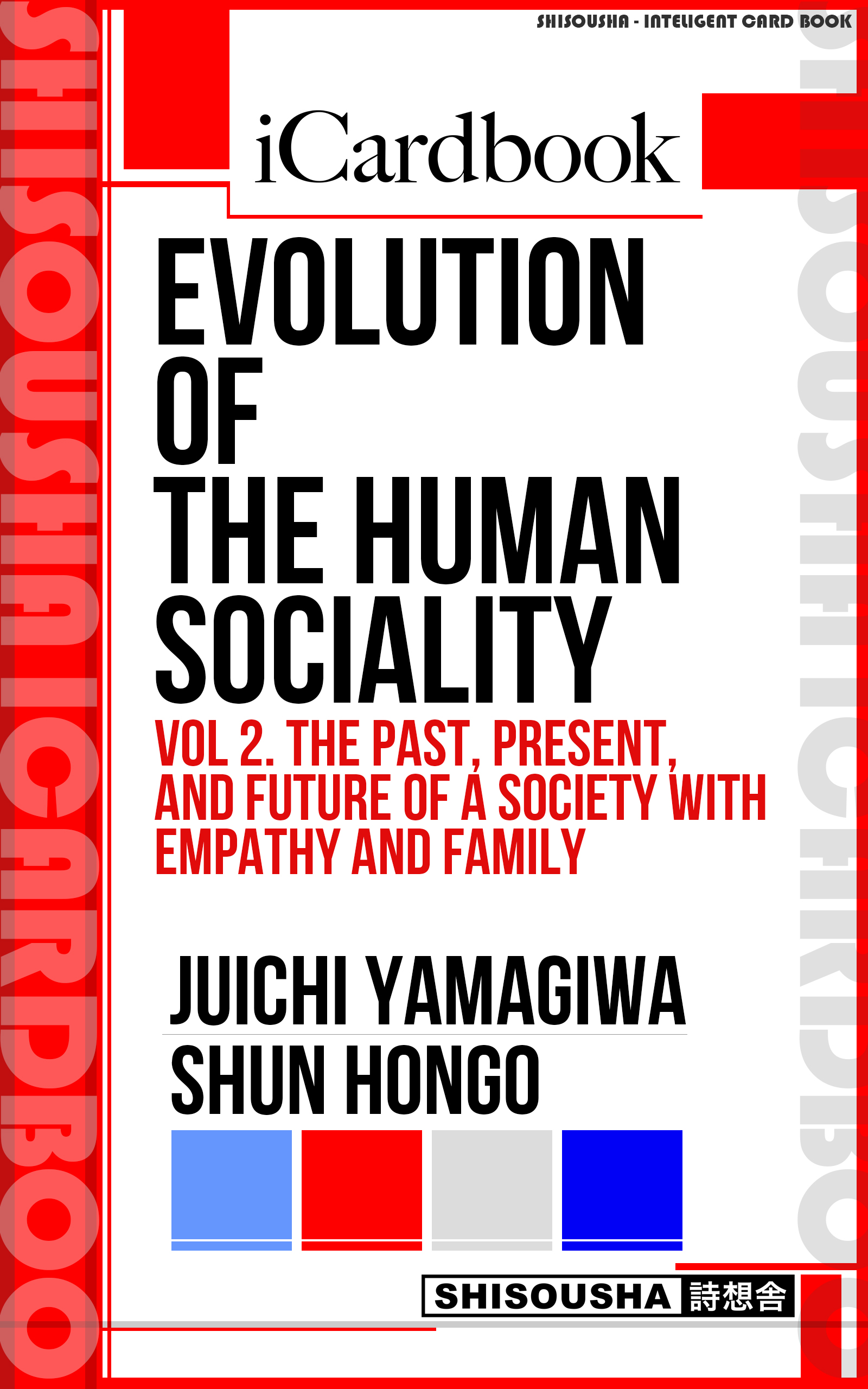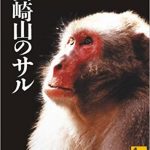Japanese macaques recognize not only their own ranking in relation to others, but also the ranking relationships between other individuals. This becomes clear when three individuals are involved in an agonistic interaction.
Here, it is assumed that the individuals A, B, and C have a linear rank relationship of A>B>C (with A being the highest ranked). C, the lowest-ranked individual, cannot repel the higher-ranked B from food. However, if the individual A (higher than B) is close, C will try to draw A’s attention while showing a submissive expression to B. Upon noticing the situation, A immediately rushes in and chases B around. As a result, C has an opportunity to acquire food through utilizing the ranking relationship between A and B.
■References (Books, papers, Web articles, etc.)
『ニホンザルの生態』 河合雅雄 (河出書房、1964)
『サル学再考』 水原洋城 (群羊社、1986)
★If you interested in this text, please have the following ebook at hand. For that, Click on the URL below.
https://society-zero.com/icardbook/012/index.html
★This article is a piece of "knowledge card" that makes up iCardbook, "Evolution of Human Sociality(Juichi Yamagiwa, Shun Hongo)"
iCardbook, a card-type specialized book that organizes “Knowledge Cards” is a new form of book in the smartphone age.
■iCardbook Benefits:Good value for reading
・you can read it quickly in your pocket of time, e.g. commuting
・You can immediately understand the "drawing " in the author's head
・Amazon Prime members can read for free
◎About iCardbook(english)
https://society-zero.com/icard/icardbookenglish
◎About iCardbook(japanese)
https://society-zero.com/chienotane/archives/5067
■The References list of “Evolution of Human Sociality”







